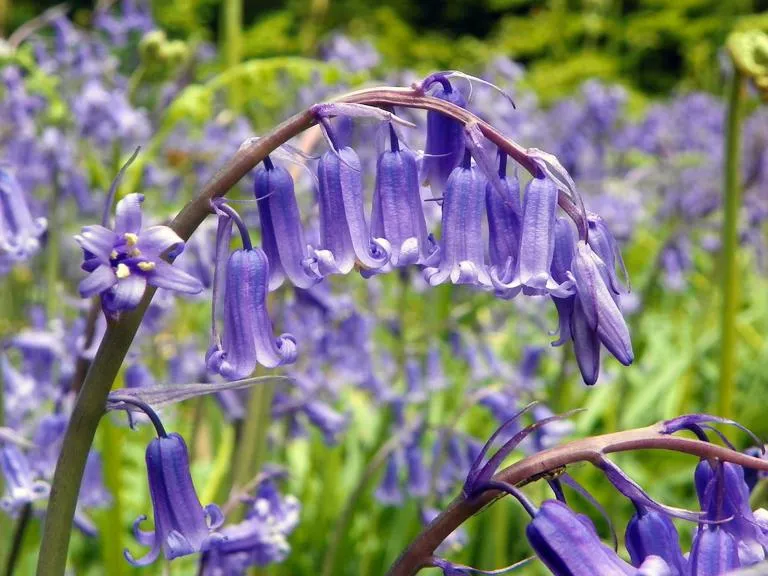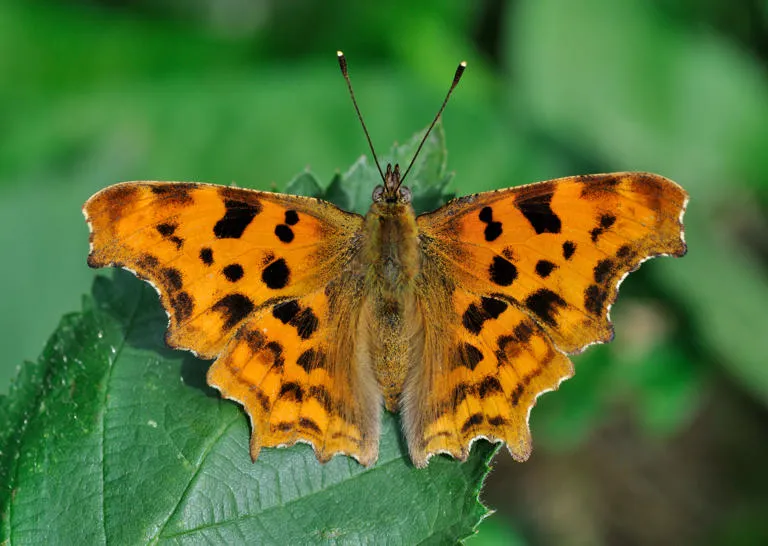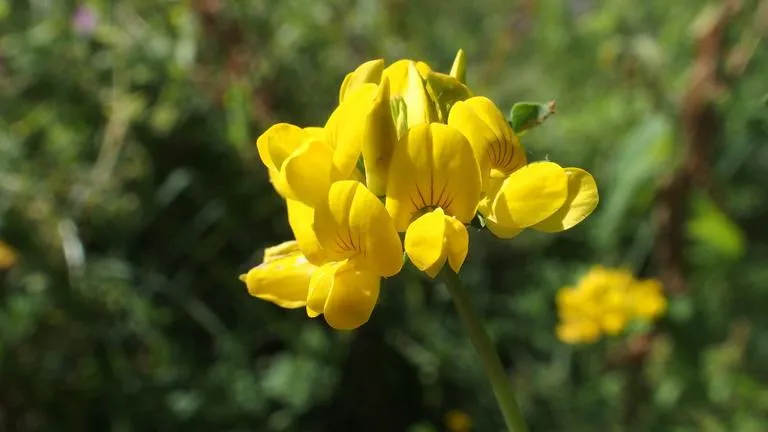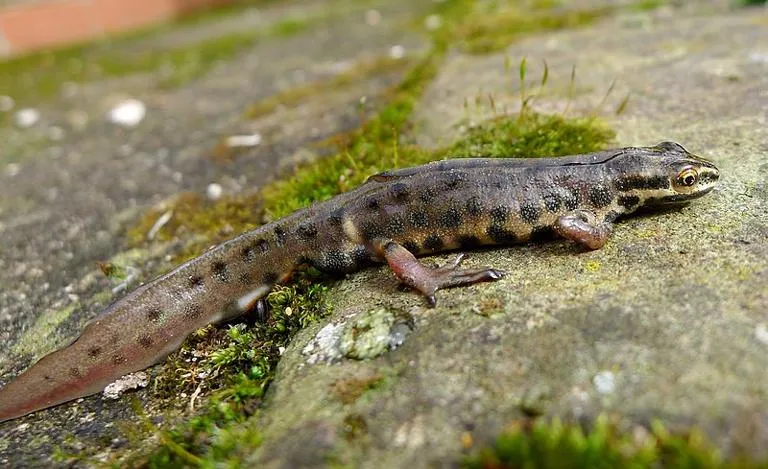Coulsdon Common wildlife
Coulsdon Common is a Site of Nature Conservation Importance (Site of Metropolitan Interest) noted for its wildlife rich chalk grassland and traditional wood pasture. It is a varied site containing impressive veteran trees, ancient woodland, secondary woodland, old hedgerows, scrub, wood pasture, grasslands and freshwater ponds. The landscape is both rich in wildlife and a living example of centuries old woodland practices - perfect for short foray into nature.
Wood pasture
Wood pasture is an open area of grazing land with trees. Traditionally, the trees are cut periodically for fuel or for fodder to feed livestock. Under this form of management, the trees are pollarded, so that the new growth develops above the reach of the browsing animals. Many of the trees reach a great size, ageing gracefully and eventually decaying. Each tree becomes a microhabitat with cavities, cracks and niches for rare and ecologically important invertebrates, bats, birds and fungi.
What to look out for
Grassland covers less than a third of the common and consists of chalk, neutral and acidic types. Typical plants of the chalk are rough hawkbit, pyramidal orchid, the bee orchid which mimics the shape and colour of bees and the nationally rare greater yellow rattle.
Neutral areas are abundant with common knapweed, bulbous buttercup and bird’s foot trefoil. In the smaller and locally uncommon acidic areas tormentil, heath bedstraw and sheep’s sorrel can be found.
The ancient woodland contains sweeping carpets bluebells, early dog-violet, wood anemone, yellow archangel and dog's mercury.
Coulsdon Common is an important site for breeding birds, primarily woodland species such as spotted flycatcher, nuthatch, tree pipit, various warblers, tits, tawny owl and greater spotted woodpecker. Most of the resident breeding bird population nest in woodlands, scrub or hedgerows, reinforcing the importance of a mosaic of habitat type.
Since 1990, butterfly transects have identified 28 species of butterfly on Coulsdon Common including orange tip, red admiral, comma and gatekeeper and day flying moths such as the six spot burnet moth. Rare sightings include purple and white letter hairstreak associated with oak and elm, respectively.
There are several bat species found including common pipistrelle, serotine and daubenton's bat. The presence of mature trees alongside open pasture and standing dead wood provide good habitat elements for feeding and roosting.
The woodland tree species include oak, birch, ash and cherry with an understorey of hawthorn, holly and yew. These areas have a high proportion of standing deadwood. This is a valuable habitat for a variety of saprophytic invertebrates which feed off of the dead wood.
In damp autumn months a wide selection of fungi can be found on the trees or emerging through the leaf litter below. Fly agaric, red-cracked bolete and yellow stagshorn are just a few fungi species which litter the woodland floor and wood.
Hidden in the woodland in the centre of the common are several freshwater ponds. This is a tranquil area where common frogs, smooth newts and various damselflies and dragonflies breed. Common aquatic plants include common duckweed, greater duckweed, curly waterweed and floating sweet-grass.



